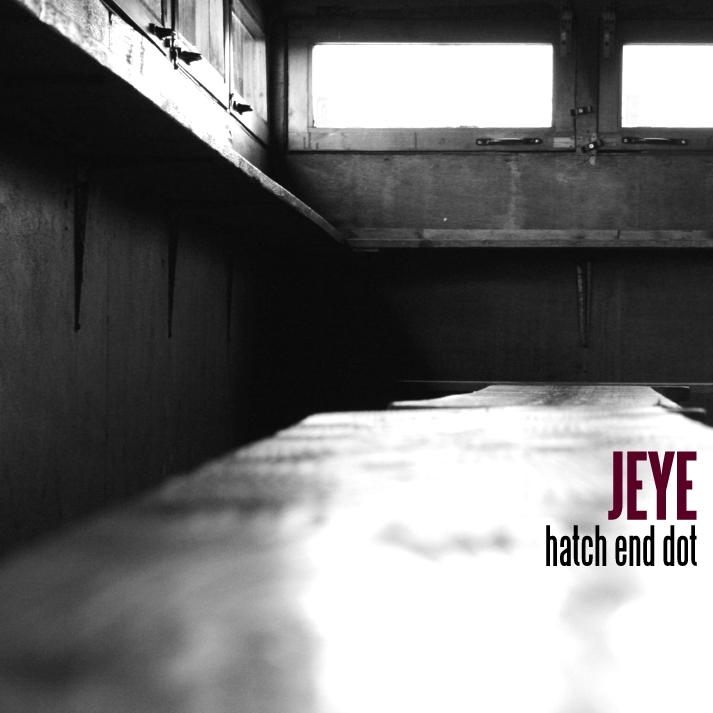Here’s a quick ‘n dirty demo of my collection of waveables made for
Zebra 2, which I’m planning to extend further, tidy up, and sell under
the “pay what you like” model.
Zebra is a softsynth with oscillators which let you create arbitrary waveforms – up to 16 of them per oscillator, and scan through them, creating morphing, phasing, crossfading between arbitrary, drawable waveforms. You can construct a waveform with control points, or go the additive route and draw graphs of spectra to morph between.
These wavetables can be further modified by many types of “Oscillator FX” which can be ganged and modulated any way you like and operate either on the geometry or spectrum of the waveform in one way or another. The result is a 3D soundspace consisting of thousands of waveforms at any one time, and that’s just one oscillator!
In the video I’m just scanning through the wavetables I’ve made, which are basically synthesis ideas distilled into oscillator models. Things get exponentially more complex when you start to use Zebra’s other features to mangle the waveforms further, which makes Zebra the ideal sound playground and laboratory.
Zebra is a softsynth with oscillators which let you create arbitrary waveforms – up to 16 of them per oscillator, and scan through them, creating morphing, phasing, crossfading between arbitrary, drawable waveforms. You can construct a waveform with control points, or go the additive route and draw graphs of spectra to morph between.
These wavetables can be further modified by many types of “Oscillator FX” which can be ganged and modulated any way you like and operate either on the geometry or spectrum of the waveform in one way or another. The result is a 3D soundspace consisting of thousands of waveforms at any one time, and that’s just one oscillator!
In the video I’m just scanning through the wavetables I’ve made, which are basically synthesis ideas distilled into oscillator models. Things get exponentially more complex when you start to use Zebra’s other features to mangle the waveforms further, which makes Zebra the ideal sound playground and laboratory.




